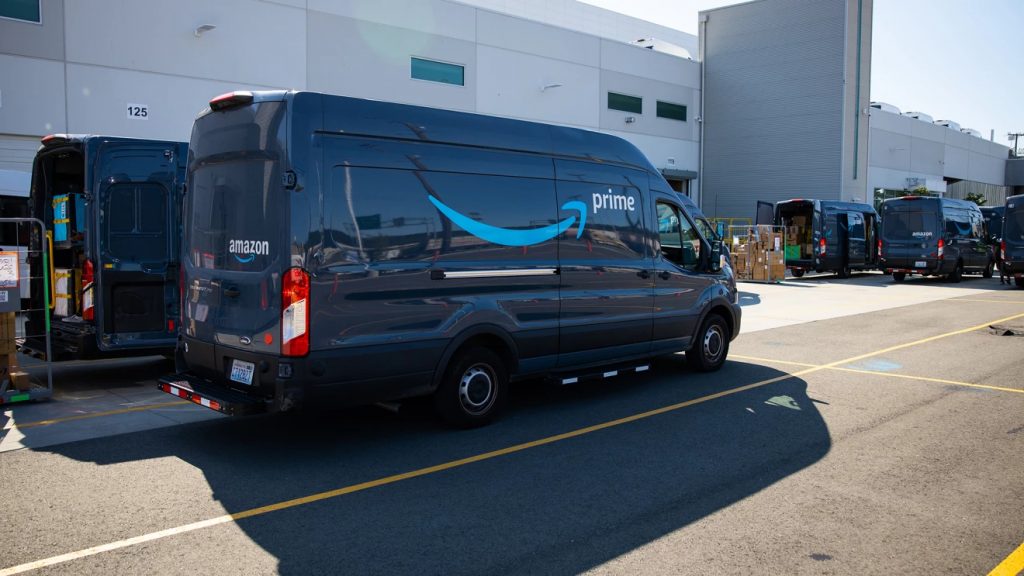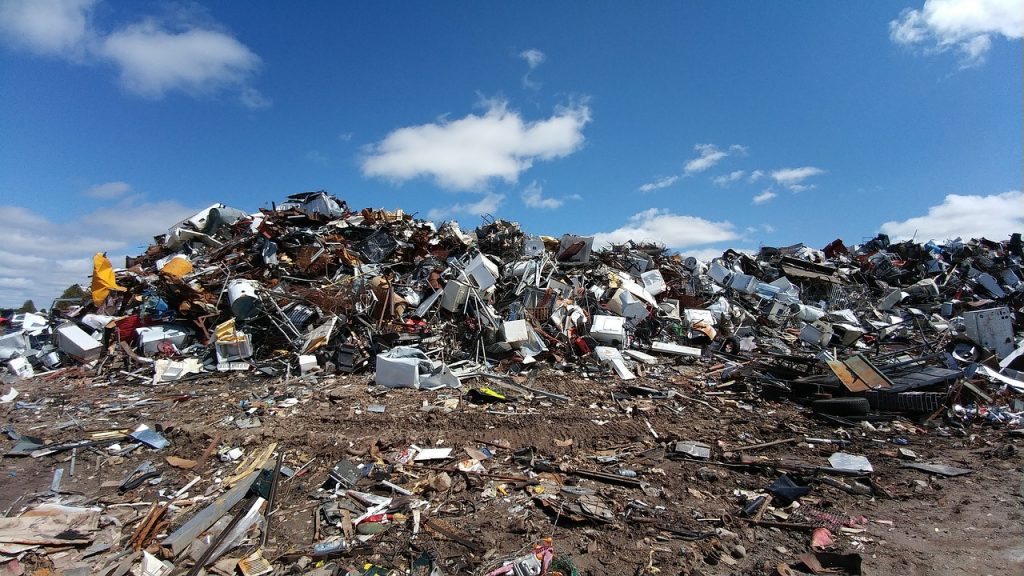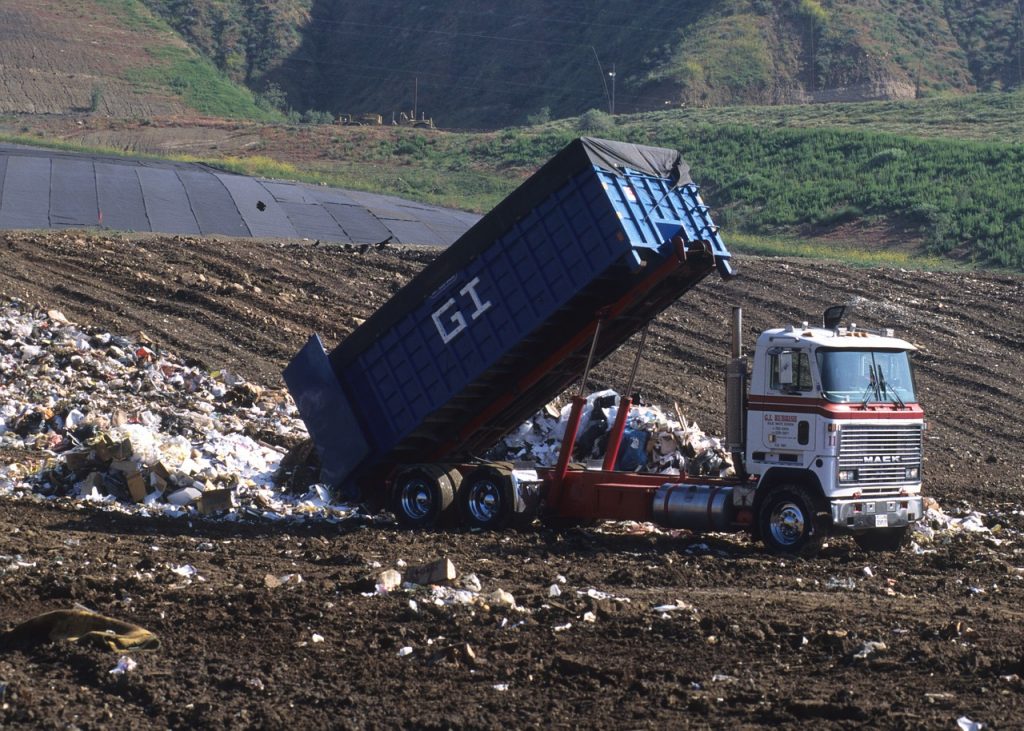A Massive Number Of Amazon Returns Are Creating A Concerning Issue
Amazon returns are effecting you in serious ways that you should be aware of.
This article is more than 2 years old

Amazon is the undisputed king of online shopping. Not only do they virtually offer any product that one could think of on their website, but they are frequently touted as being one the easiest websites to make online returns through. However, despite the convenience associated with the e-commerce titan, Amazon returns in particular pose risks and problems that, at present, are only destined to become more troublesome.
The problems associated with Amazon returns fall into two key categories. According to CNBC, products returned to Amazon have the potential to exacerbate climate change and facilitate revenue loss on both the first and third party levels. This does not bode well for the business or the consumer.
Tobin Moore, the CEO of returns solution provider Optoro, detailed that Amazon returns contribute to six billion pounds of landfill waste per year. Moore continued to explain that those six billion pounds equate to 16 million metric tons of carbon dioxide emissions being dumped into the atmosphere annually. To put those figures into perspective, “That’s the equivalent of the waste produced by 3.3 million Americans in a year, “ said the Optoro CEO.

What’s more is that even if Amazon and its third-party sellers are not concerned about their direct contribution to the effect the immense waste has on the environment, they should take a second look at how much Amazon returns are causing them to shave off of their bottom line. A report from the National Retail Federation disclosed that on average approximately 10.3% of all Amazon items that are sent back turn out to be fraudulent. What this translates to is the need for the seller to simply eat those costs. Micah Clausen, a current third-party seller on Amazon put it best when he stated, “Somebody has to pay for that.”
Amazon recognizes the immense issue with their insurmountable number of returns and have introduced policies in an attempt to negate some of the effects. For instance, they provide an optional recycling service for those trading in or exchanging consumer electronics. They also leverage the charitable organization Good360 as a way to gift unwanted Amazon returns to needy individuals. However, Amazon’s efforts in regards to their returns are still not sufficient enough to adequately mitigate the problem.

Amazon hopes that their newest plans to address the issues surrounding the immense number of returns will better serve to alleviate the concerning effects. Just last year the e-commerce giant launched a program with an aim to facilitate more re-homing of unwanted but still perfectly useable items. Amazon highlighted that this program is really meant to enhance its sustainability models.
Additionally, they have begun offering liquidation options to their third-party sellers to encourage those sellers to go that route instead of electing to have Amazon dispose of the items. Liquidation options are meant to encourage retailers to scoop up unwanted and excess inventory for low costs so that they can re-sell those items in their stores. At this point, however, it still remains to be seen whether or not any of Amazon’s new implementations will change the current state of the appalling circumstances that have been created because of its almost incomprehensible amount of returns.





